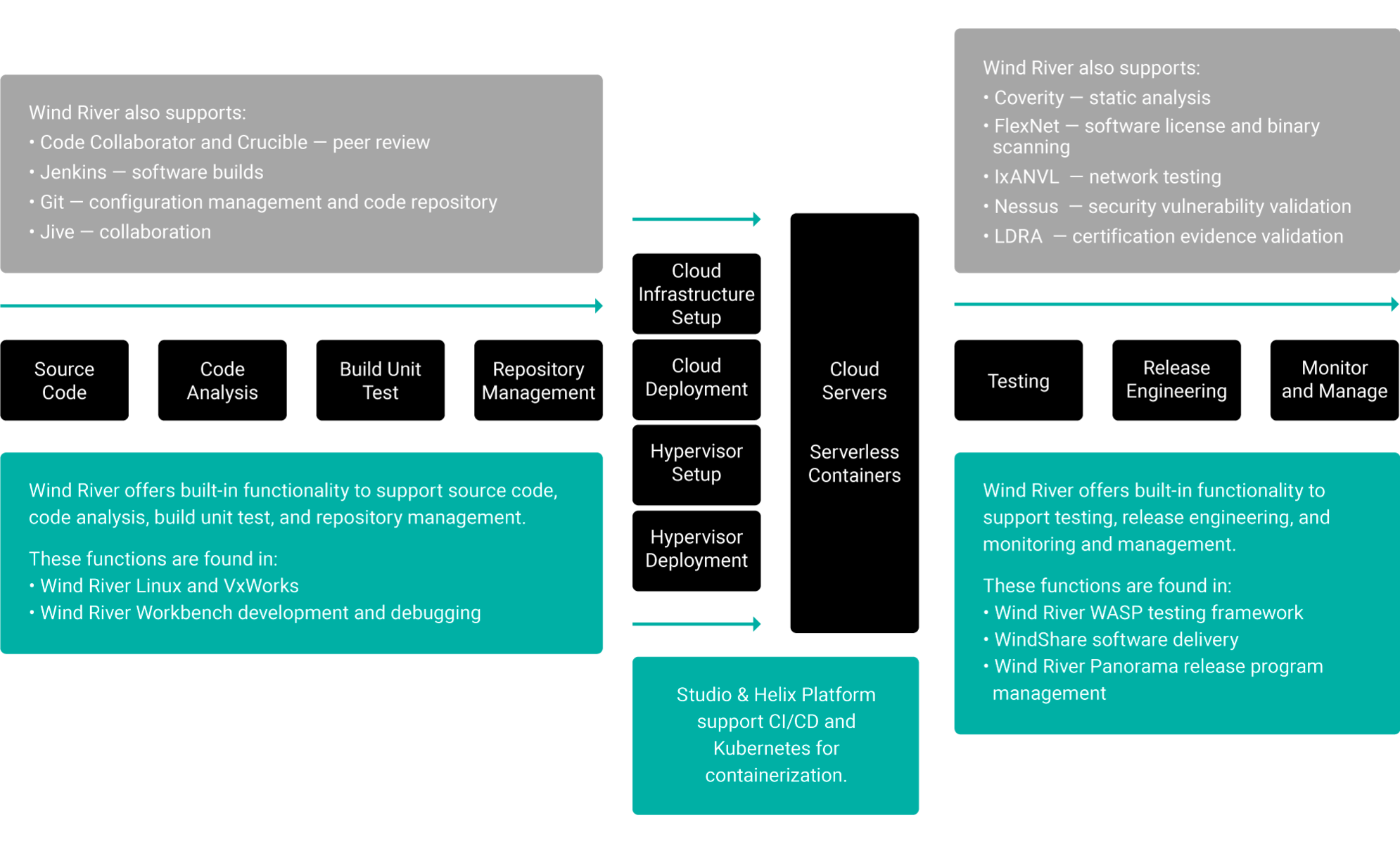What Are Software Development Methodologies?
Software development methodologies are structured frameworks that guide the process of creating software, from conception to deployment and maintenance.
Key elements of these methodologies include:
- Process management: Software development methodologies provide a systematic way to define and organize tasks, manage resources, and ensure project completion. They encompass the sequence of activities, the roles and responsibilities of team members, and the interactions between different stages of the process.
- Lifecycle phases: Methodologies break down the development process into distinct phases, each with its own objectives, deliverables, and means of execution. These phases typically include requirements analysis, design, implementation, testing, deployment, and maintenance.

Software development methodologies provide a roadmap from initial idea to final product.
- Communication and collaboration: Guidelines for fostering communication between team members, stakeholders, and clients support the development process. They generally include regular meetings, status updates, and feedback loops.
- Quality assurance: Techniques for testing and validation are given for each stage of the development lifecycle. Practices can include unit testing, integration testing, user acceptance testing, and code reviews to identify and fix defects early in the process.
- Risk management: Proactive risk identification, assessment, and mitigation techniques ensure that projects stay on time and on budget. These techniques involve prioritizing features, setting contingency plans, and conducting ongoing risk analysis.
- Flexibility and adaptability: Requirements, priorities, and constraints may change over time, and mechanisms for accommodating these changes ensure that stakeholders still receive value. Agile methodologies, in particular, prioritize responding to change over following a rigid plan.
- Continuous improvement: Reflection on past projects, identification of areas for improvement, and the adoption of best practices all enhance productivity and quality. Continuous improvement may involve retrospectives, post-mortem analyses, and knowledge sharing among team members.
Examples of Different Methodologies
Each methodology has its own advantages, disadvantages, and suitability for different types of projects and teams. Teams often tailor or combine methodologies to fit a project’s specific needs and constraints. Some common software development methodologies include:
- Waterfall: A linear and sequential approach to software development, each of its phases must be completed before the next begins. The phases typically include requirements gathering, design, implementation, testing, deployment, and maintenance.
- Agile: The emphasis is on flexibility, collaboration, adaptability to change, and frequent delivery of working software. Agile methods include Scrum, Kanban, Extreme Programming (XP), and more.
- Scrum: This Agile framework organizes work into small, manageable units called sprints. A cross-functional team works collaboratively to deliver potentially shippable increments of the product at the end of each sprint.
- Kanban: Another Agile framework, Kanban focuses on visualizing work, limiting work in progress (WIP), and optimizing flow. Cards on a Kanban board depict work items, and teams use visual signals to manage and track progress.
- Lean: Based on principles borrowed from manufacturing, Lean’s goals are to eliminate waste, amplify learning, and deliver value to customers as quickly as possible. The emphasis is on continuous improvement, respect for people, and optimizing the entire system.
- Spiral: Combining elements of waterfall and iterative development methodologies, Spiral involves a series of cycles (spirals) during which the development team iteratively refines the product through planning, risk analysis, engineering, and evaluation.
- DevOps: The combination of software development (Dev) with IT operations (Ops) aims to shorten the lifecycle and deliver software more rapidly, frequently, and reliably. DevOps emphasizes automation, collaboration, and continuous integration/continuous delivery (CI/CD).
- DevSecOps: This extension of DevOps principles adds an emphasis on security. Rather than treating it almost as an afterthought by addressing it late in development or during deployment, DevSecOps focuses on security from the beginning of the development lifecycle.
- Rapid application development (RAD): Rapid prototyping and iterative development take priority over extensive planning and upfront design. RAD focuses on quickly delivering a working prototype to gather user feedback and then make improvements based on that input.
- Feature-driven development (FDD): An iterative and incremental methodology, FDD emphasizes frequent releases of small, working features and relies on a feature list, domain walkthroughs, and design-by-feature techniques.
- Incremental and iterative development: The software development process is broken into small increments or iterations, each adding new functionality or refining existing features. The methodology allows flexibility and adaptation to changing requirements throughout the project.
How Embedded Developers Benefit
To best benefit, developers choose among methodologies by considering how each handles constraints (such as limited resources, real-time requirements, or hardware dependencies), requirements prioritization and management, risk mitigation, testing and verification, collaboration and communication, and lifecycle management.
By selecting the right methodology for the project and incorporating its principles into their practices, embedded software developers can improve efficiency, quality, and project success rate.

Teams choose among development methodologies according to each project’s constraints and requirements.
How Can Wind River Help?
The Wind River DevOps Environment
Wind River® is leading the way in modern development by providing robust, agile functionality in every product release and roadmap.
Wind River products enable the full DevOps-CI/CD workflow. To make this successful for our customers, we started with our own dev-test-release processes. Today, products such as Wind River Linux, VxWorks®, and Wind River Helix™ Virtualization Platform are produced using our own DevOps environment.

Figure 2. Wind River products either directly offer DevOps and CI/CD functionality or support a range of industry-standard toolsets in each functionality area of the workflow
» Learn More About DevSecOps
Wind River Linux and VxWorks
The Wind River commercially supported Linux operating system and accompanying dev-test toolsets enable quick embedded development, from prototype to production. VxWorks, the industry’s leading real-time operating system (RTOS), offers comparable functionality. Both support the standard functions in the development stage of the DevOps workflow. These include source code creation, code analysis, build and unit test, and repository management. Linux and VxWorks also support such tools as Jive, Git, and Jenkins.
In addition, Wind River Linux enables CI/CD pipeline tools such as OSTree, a Linux-based upgrade system that supports deployment of capability updates.
» Learn More About Wind River Linux» Learn More About VxWorks
Wind River Helix Virtualization Platform and Wind River Studio Cloud Platform
Embedded systems developers using the DevOps-CI/CD workflow can deploy their code onto Helix Platform or Wind River Studio Cloud Platform. Helix Platform enables a single-compute system on edge devices to run multiple OSes and mixed-criticality applications. This approach is increasingly popular with developers who want to put abstraction to work, updating one application on a piece of hardware without having to reinstall the OS.
Studio Cloud Platform is a production-grade Kubernetes solution. Kubernetes support allows embedded systems DevOps teams to perform CI/CD on individual containers. Studio also supports virtualization, plus a range of operating systems including Linux, VxWorks, and others.
» Learn More About Helix Platform» Learn More About Studio
» Learn More About Studio Cloud Platform
Wind River Studio Developer
Wind River Studio Developer is a modern DevOps platform that accelerates development, deployment, and operation of mission-critical systems for the intelligent edge.
Studio Developer’s cloud-native software development techniques enable organizations to securely reduce embedded software lifecycle costs, shorten time-to-market, and capture new revenue opportunities. Studio Developer can help software teams standardize development tooling and processes, increase automation and collaboration, test earlier and more often, and improve visibility between edge and cloud systems.
It delivers business advantages in four key categories:
- Developer efficiency: Increasing standardization, automation, collaboration, usability, consistency, and resource management lowers development costs, speeds time-to-market, heightens productivity, and improves the developer experience.
- Shift-left testing: Simulation enables testing earlier and at greater scale. Automated testing is supported by reusable testing components and consistent, programmatic access to both virtual and physical targets.
- Agility and innovation: A flexible, extensible DevSecOps environment that can be secured end-to-end can unlock competitive advantages by leveraging cloud computing, scalability, and collaboration capabilities.
- Device lifetime value: Real-time visibility into conditions and usage patterns in the field, analytics, and the ability to deliver updates over the air all address maintenance concerns and revenue opportunities while increasing the device’s value over time.